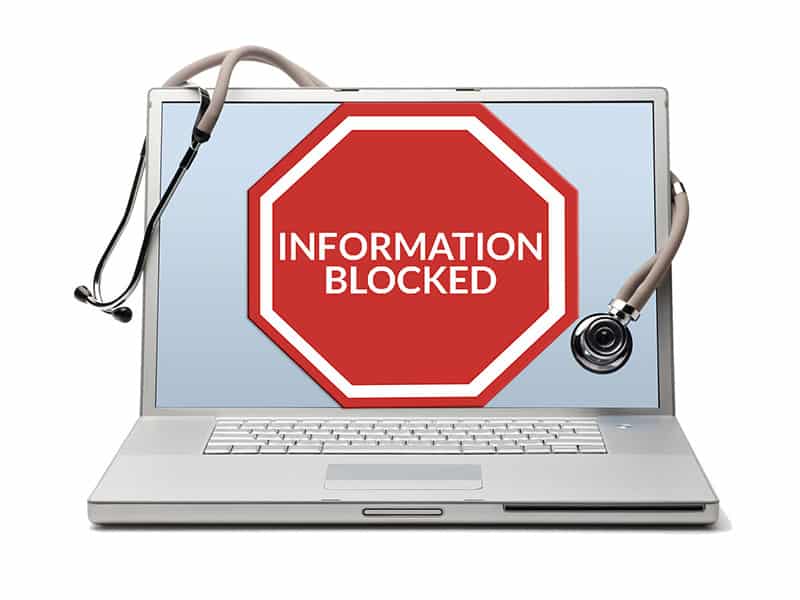How to Automate the Process of Closing Care Gaps
Closing care gaps smarter, not harder.

Care gaps. The space between what should happen in an individual’s medical care and what actually does happen. Bubbling under the surface of a care gap is a powerful mixture of clinical and financial implications and yet, the process of closing gaps in care is one of the most tedious and time-consuming workflows that exist in healthcare.
In an ideal world, every patient, provider, and payer would have secure electronic access to a comprehensive, community wide healthcare record. That record would include pertinent preventive, diagnostic, and treatment information aggregated and normalized from across ambulatory and acute settings. The treating provider would have the necessary data at the point of care to immediately spot and fill a gap in care, which would automatically update payer driven quality and risk measures such as the Healthcare Effectiveness Data and Information Set (HEDIS) and the Medicare Star Rating System.

But that’s not exactly reality. In fact, it’s far from it. It’s not a lack of understanding or a dispute of the critical need to ensure patients get the care they deserve. It’s the lack of actionable data needed by the clinician the moment he or she is in the room with the patient and the manual efforts required to prove that good care was delivered at that moment.
Manually Closing Gaps in Care Creates Additional Time and Cost Burdens
Despite the adoption of EHRs and markets committing to managed care, many care providers have been forced to come up with manual workarounds and procedures to ensure the most vulnerable get the care they need. Yes, it’s clunky but it’s better than nothing. The most frequent scenario is that the payer sends the clinic a spreadsheet with data generated from their well-oiled analytics platform(s) that includes a list of patients and their care gaps. The clinic staff must take the spreadsheet and manually look up each individual patient in their EHR to 1) determine if there truly is a gap in care, 2) export supporting documentation for gaps that are closed, and 3) if there is a care gap, initiate a process to close it.
At first, it may not seem like a big deal for a clinic to have a staff person(s) manually checking individual patient records for care gaps and cross referencing them with a spreadsheet. But when you consider that the clinic is responsible for tracking preventive and chronic condition care gaps for numerous different insurance companies across an average patient panel of 1200 to 1900 patients for each provider – you begin to see the challenge. Often times 30+% of the reported gaps have already been closed. Couple this with the other competing administrative tasks that determine whether 1) a provider is paid (like visiting multiple different payer websites to obtain a pre-authorization for a patient visit) or 2) that a patient is well cared for (like checking the immunization or prescription drug monitoring registries prior to prescribing), and it’s easy to see why the process of manually trying to close gaps in care creates an additional time and cost burden for clinics.
Closing Care Gaps is a Good Example of a Labor Intensive Workflow That Can Be Automated
The closing of care gaps is a good example of a manual, labor intensive workflow that can be automated with Smartlink Data Connector (SDC), an integration platform-as-a-service (iPaas) solution. Here is an example of how SDC automates the care cap closure process:
- SDC logs into the EHR and searches individual patient records for evidence that a gap has been closed.
- SDC extracts the documentation and creates tasks for gaps that need to be closed.
- SDC segments the data by provider and automatically sends it to the appropriate payer, care management system, or both.
All with one integration.
How do you handle care gaps in your practice? How much time does it take and how does it impact patient care? Share your experience in the comments below!
Ginny Mahaney MBA, Chief Commercial Officer
Table of Contents



